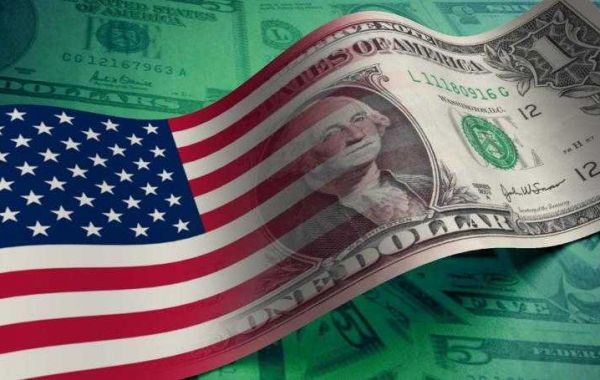The United States is considered a developed nation. A nation's stage of development is determined by a number of factors, including economic prosperity, life expectancy, income equality, and quality of life. As a developed nation, the United States is able to provide social services such as public education, health care, and law enforcement to its citizens. Citizens of developed countries enjoy a high standard of living and a longer life expectancy than citizens of developing countries. Each year the United States exports about $ 1,575 billion and imports about $ 2,273 billion. 4.4% of the country's population are unemployed. The total number of unemployed in the United States is 14,377,737. In the United States, 15.1% of the population lives below the poverty line. The proportion of citizens living below the poverty line in the United States is quite high, but not a cause for complete investment concern. Potential financiers should look at other economic indicators, including GDP, rate of urbanization, and currency strength, before making any investment decisions. Government spending on education is 5.5% of GDP. The country's Gini index is 45. The United States experiences poor equality. The gap between the richest and poorest citizens of this country is palpable. The United States has a Human Development Index (HDI) of 0.914. The United States has a very high HDI. This suggests that almost all citizens are able to lead a desirable life thanks to social and economic support; Citizens with a low standard of living receive help and support and have the opportunity to move forward in society. The Global Peace Index (GPI) for the United States is 2,038. The strength of the Legal Rights Index for the United States is 11. Overall, it's considered quite strong - bankruptcy and collateral laws can do quite well to protect the rights of borrowers and lenders; Credit information is abundant and easily accessible.
Currency
The currency of United States is United States dollar. The United States dollar is one of the most significant currencies in the world, and is used in several territories besides The United States including Puerto Rico, Guam, and The US Virgin Islands. The United States dollar is a stable currency that can be relied upon for investment opportunities. The plural form of the word United States dollar is dollars. The symbol used for this currency is $, and it is abbreviated as USD. The United States dollar is divided into Cent; there are 100 in one dollar.
Credit rating
The depth of credit information index for United States is 8, which means that information is mostly sufficient and quite detailed; accessibility is not a problem. According to the SP credit-rating agency, United States has a credit rating score of AA+, and the prospects of this rating are stable. According to the Fitch credit-rating agency, United States has a credit rating score of AAA, and the prospects of this rating are stable. According to the Moody's credit-rating agency, United States has a credit rating score of Aaa, and the prospects of this rating are stable.
Central bank
In United States, the institution that manages the state's currency, money supply, and interest rates is called Federal Reserve System.
Public debt
United States has a government debt of 97.02% of the country's Gross Domestic Product (GDP), as assessed in 2012.
Tax information
The corporate tax in United States is set at 39.1%. Personal income tax ranges from 3% to 55.9%, depending on your specific situation and income level. VAT in United States is 5.75%, and it is known as Sales Tax.
Finances
The total gross domestic product (GDP) valued as purchasing power parity (PPP) in the United States is $ 173.48.075 billion. Gross domestic product (GDP), valued as purchasing power parity (PPP) per capita in the United States, was last measured at $ 53 million. PPP in the United States is considered below average when compared to other countries. A below average PPP indicates that citizens in this country are finding it difficult to buy local goods. Local goods can include food, shelter, clothing, health care, personal hygiene, essential home furnishings, transportation and communications, laundry, and various types of insurance. Countries with below average PPPs are dangerous places to invest. The total gross domestic product (GDP) in the United States is 16.768.050 billion. Based on these statistics, the United States is considered a large economy. Countries with large economies support a wide variety of industries and companies and offer numerous investment opportunities. Large economies support a sizable financial sector, which makes it easy to organize investments and financial transactions. It should be very easy to find good investment opportunities in the United States. The gross domestic product (GDP) per capita in the United States was last measured at $ 51 million. The average person in the United States has very little wealth. Countries with very low per capita wealth often have a lower life expectancy and a dramatically lower quality of life for their citizens. In countries with very low wealth, it can be very difficult to find a highly skilled workforce as it is difficult for citizens to get the education needed to specialize in industries. Compared to countries with higher wealth per capita, however, labor can be found at very low prices. The annual GDP growth rate in the United States averaged 2.4% in 2014. Accordingly, the United States is currently experiencing modest growth. Modest growth countries offer safe investment opportunities; their expanding economy suggests that businesses, jobs and incomes will grow accordingly.







